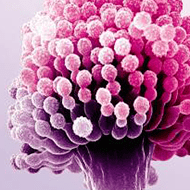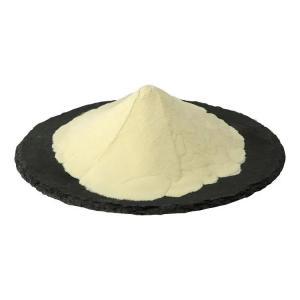Phospholipid absorption
Time:2024-01-08
Phospholipid absorption primarily occurs in the digestive system, where dietary phospholipids are broken down and absorbed for utilization in various cellular processes.The absorption of phospholipids involves several steps:
Digestion in the Small Intestine:
Phospholipids are present in dietary sources such as eggs, soybeans, and other plant and animal products.
In the small intestine, dietary phospholipids are emulsified and broken down by enzymes such as phospholipase A2 into their constituent parts: a glycerol backbone, fatty acids, and the remaining phospholipid structure.
Formation of Micelles:
The breakdown products, including fatty acids and other lipid molecules, combine with bile salts in the small intestine to form micelles.
Micelles are small structures that aid in the absorption of lipids, including phospholipids, by increasing their solubility in the aqueous environment of the digestive system.
Absorption by Enterocytes:
The micelles move towards the brush border of the small intestine, where they come into contact with absorptive cells called enterocytes.
Enterocytes take up the components of the micelles, including the breakdown products of phospholipids.
Formation of Chylomicrons:
Inside the enterocytes, the absorbed fatty acids and phospholipids are reassembled into triglycerides.
Triglycerides, along with other lipids, cholesterol, and proteins, are packaged into chylomicrons, which are large lipoprotein particles.
Transport through the Lymphatic System:
Chylomicrons are too large to enter the bloodstream directly, so they enter the lymphatic system through lacteals (specialized lymphatic vessels in the small intestine).
Chylomicrons are transported via the lymphatic system and eventually enter the bloodstream.
Distribution to Tissues:
In the bloodstream, chylomicrons release their lipid content, including phospholipids, to various tissues throughout the body.
Phospholipids are utilized for the synthesis of cell membranes, lipoproteins, and other cellular structures.
The absorption of phospholipids is part of the broader process of lipid absorption in the digestive system.Phospholipids are important components of cell membranes, and their absorption contributes to the maintenance of cell structure and function.Additionally, they play roles in various physiological processes, including cell signaling and the formation of specialized lipid structures in cells.


 CN
CN




